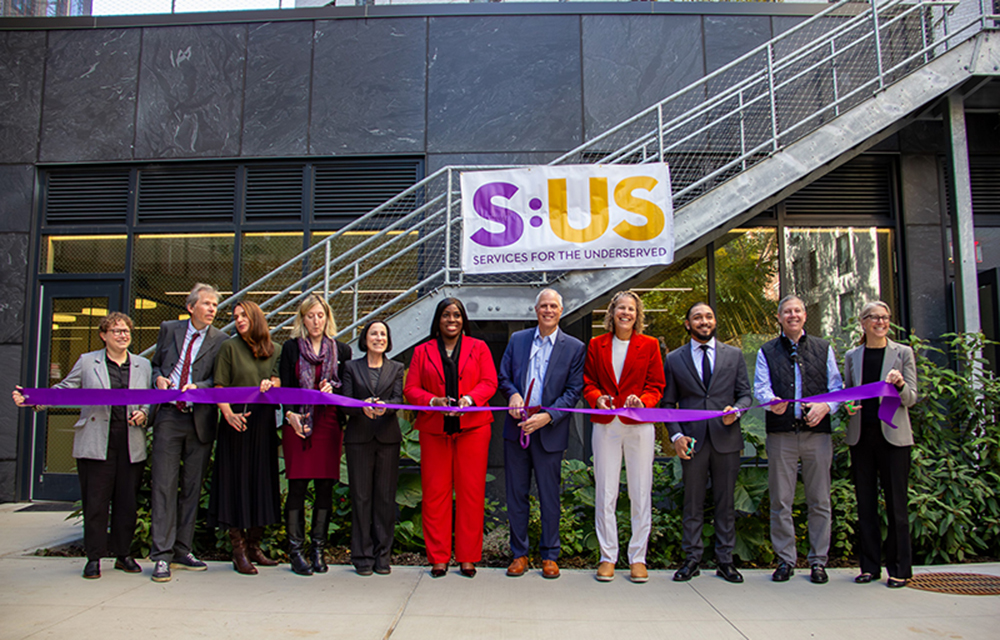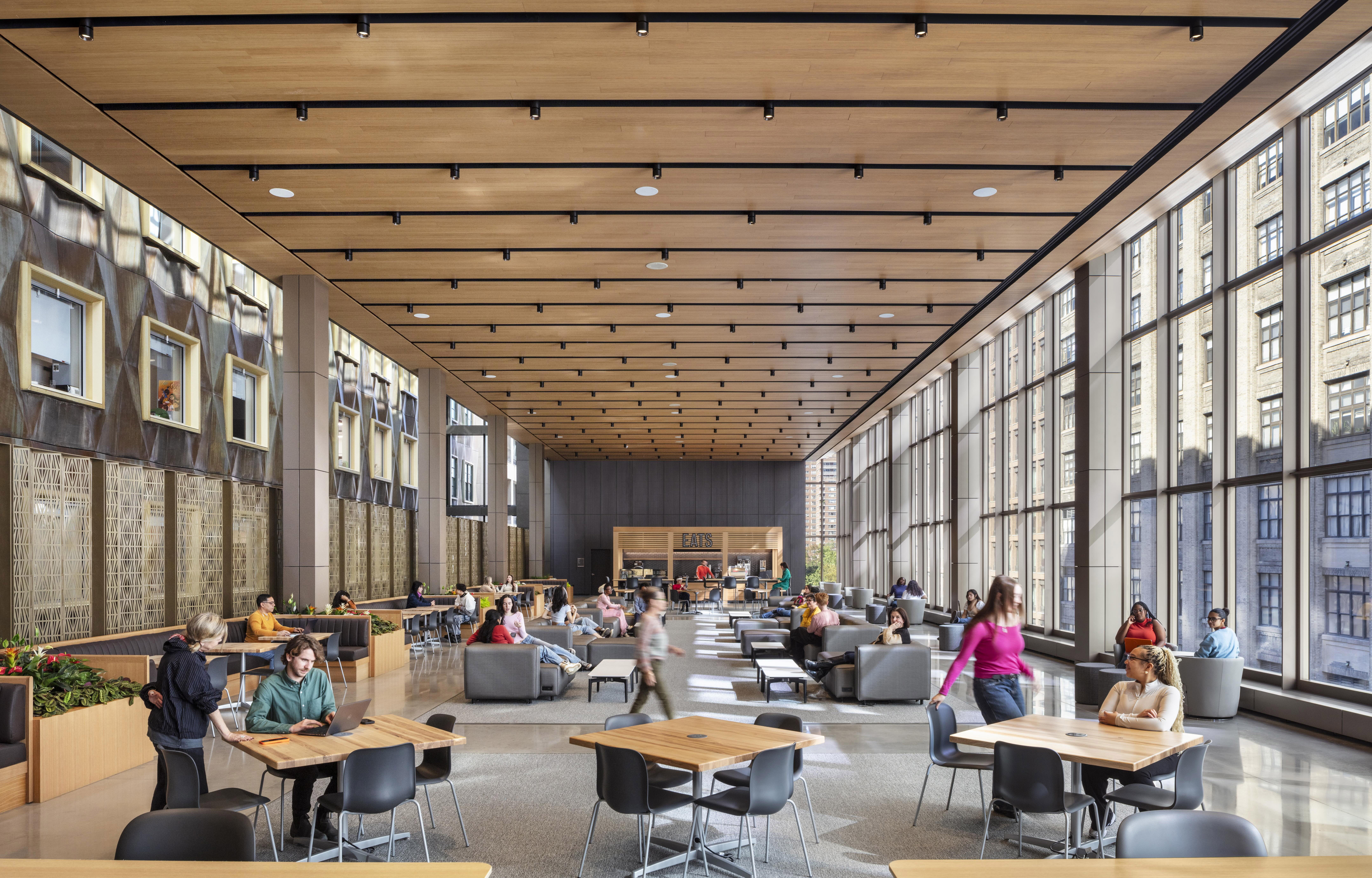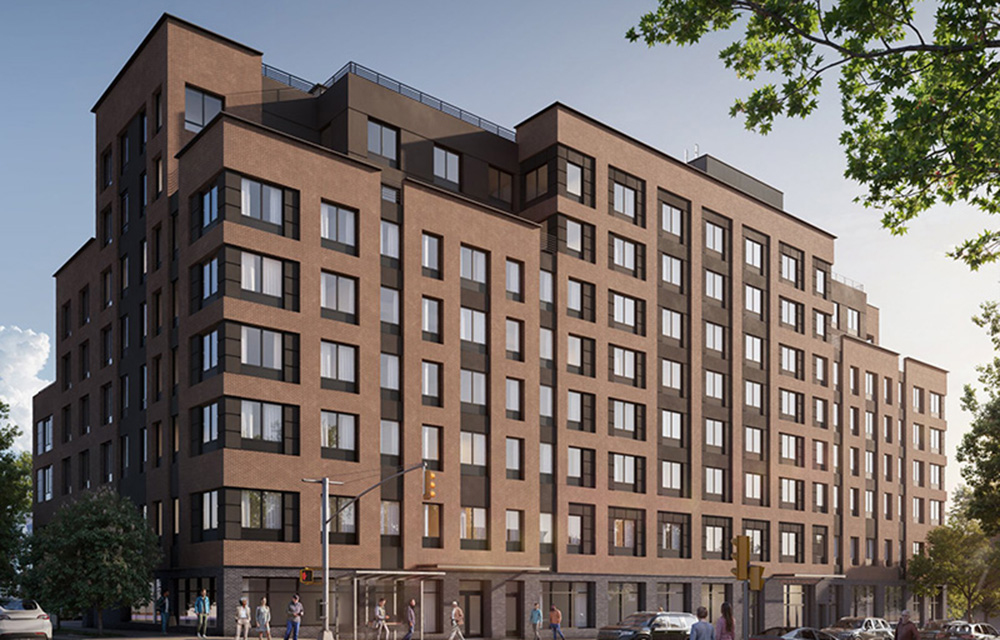BOMA, WELL and Fitwel: A beneficial meeting, part 1 of 2 - by Maia Kumari Gilman

A group of interested business community members met last month at the headquarters of the Building Owners & Managers Association of Greater New York (BOMA New York) to learn about WELL and Fitwel in BOMA’s “WELL: Deep Dive” conference. After the meeting, I had an opportunity to do an even deeper dive into WELL and Fitwel with the presenter, Sustainable Investment Group (SIG)’s Asa Posner, advantage sport & fitness’ business development manager for the Northeast, Kim Hamilton, Advantage Sport & Fitness’ VP of sales for NY and Fitwel ambassador, Larry Zinger, and WELL-certified designer/vendor for building product manufacturer CertainTEED, Brooke Altidor. This is a two-part series that encapsulates the information and views uncovered.
WELL, or the WELL Building Standard, is, “A performance-based system for measuring, certifying, and monitoring features of the built environment that impact human health and wellbeing, through air, water, nourishment, light, fitness, comfort, and mind.” Fitwel, its cousin, is, “A building rating system for commercial interiors and both multi-tenant and single-tenant existing buildings that provides guidelines on how to design and operate healthier buildings.” Posner, senior sustainability manager at SIG, led a deep dive into the healthy benefits offered by the WELL and Fitwel building certifications.
Posner kicked off his BOMA presentation about WELL and Fitwel with some general questions to think about. I encourage you to think of your own answers as you move through these articles:
- “What does well-being look like, feel like, sound like?” Posner answered that according to the World Health Organization, “Health is a state of complete physical, mental and social well-being, and not merely the absence of disease or infirmity.” Would you agree?
- “What factors influence health and well-being?” Which of these factors would you say influences health and well-being the most: Physical/ social environment; lifestyle/ health behaviors; medical care; genetics. The answer will come at the end of this article.
- “How much time do you spend indoors each day?” Read to the end of this article to see if your best guess matches the statistics.
Posner’s presentation detailed the benefits of WELL and Fitwel. I followed up with questions of my own, about the “who, what, why, where, when and how” as well as the future of the two certifications.
Who do the WELL and Fitwel certifications benefit?
Posner says, “Both certifications focus on improving occupant health and wellness within buildings and spaces, so the direct beneficiaries are the building occupants themselves. Living, working, and playing within buildings and spaces that are WELL and/or Fitwel certified have a directly positive impact on those occupants.”
What do WELL and Fitwel offer, specifically?
I’m curious to know more about what WELL and Fitwel offer. Altidor says, “Both standards address developing public interest in human health and transparency. The industry conversation continues to develop around the occupant experience whether it be an office employee, a physician or patient or a teacher and student…These two more health-related building standards allow owners to break down the topics and address them individually, backed with science.”
Why might corporate liaisons benefit wellness in our spaces?
Hamilton and Zinger’s comment that they have Fitwel Ambassadors in their company, making linkages between corporate brands and wellness certifications. I find that very leading edge and helpful in market positioning and I ask how they imagine the role of wellness liaison. They answer that creating liaisons has the effect of “leveraging knowledge from companies or consultants with an expertise in the scored categories of the WELL/Fitwel certification…to promote community wellness in buildings.” It is a nurturing set of relationships, both from a business and a wellness perspective.
Where are the details that make these certifications stand out?
While LEED (Leadership in Energy and Environmental Design) and BREEAM (Building Research Establishment Environmental Assessment Method) put the building environment first, WELL and Fitwel put the building users’ health first. Each of these systems uses checklists as a basis for advancing design decisions, and each of the systems uses metrics as a way of measuring success in meeting the targets of those decisions. Credits overlap between LEED, WELL, Fitwel and BREEAM, allowing a building developer to gain certification in more than one of these systems with ease.
Interestingly, these building systems categories are developed in parallel with human body systems. WELL draws its analysis on par with the cardiovascular, digestive, endocrine, immune, integumentary, muscular, nervous, reproductive, respiratory, skeletal and urinary systems. Fitwel, while not drawing direct biological parallels, is entirely built on a system that acknowledges and celebrates physical wellness.
And physical wellness is something that will benefit every property.
In answer to the question of “What factors influence health and well-being,” according to the Centers for Disease Control and Prevention, it is the Physical/ social environment that influences our health the most. And as for how much time do we spend indoors? The answer given in the presentation: 90%. With such a high proportion of our time spent indoors, we will all benefit from the work of WELL and Fitwel in the long run.
Follow this article in the April 21st issue of NYREJ to read more about the “When, How and Future” of the WELL and Fitwel certifications.
Maia Kumari Gilman, AIA, LEED-AP BD+C, is senior architect at O&S Engineers & Architects, New York, N.Y.
Troutbrook expands with boutique condo project and Marriott Fairfield Inn & Suites renovation








.gif)
.jpg)

.gif)